In each session, the Satuday Morning Physics program consist of nine lectures given on Saturdays from 9 to 11 am, with a ten minutes break at 10 am. Each Saturday the students must sign in by reporting to the secretary on the first floor. Students that arrive later than 9:20 will be considered absent.
The lectures are given in a conference room located in the Wilson Hall building. Lectures are aimed at high school students and do not require any prior knowledge. The students are encouraged to participate and ask questions during the lecture.
The following is the list of lectures to be given during the Winter 2017 SMP program:
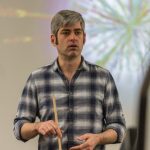 |
Jan. 7 – Dan Hooper: “Intro to Sciences at Fermilab”This talk gives an introduction to Particle Physics. It starts by introducing the basic concepts that will be used in the next lectures and continues by asking some of the most intriguing questions that motivated the development to the contemporary Physics. |
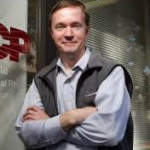 |
Jan. 14 – Nick Gnedin: “Theory of Relativity”A century ago, Albert Einstein revolutionized physics with his theory of relativity. This theory changed how we think about space, time, energy, and motion. In this lecture, we will explore what led Einstein to propose these radical ideas, and see how they have been successfully tested over the past century. We will also discuss some of the most bizarre implications of Einstein’s theory, including black holes, time travel, and the expansion of space. |
Jan. 21 – Patrick Fox: “Quantum Mechanics”The concepts of Quantum Mechanics dominate modern Physics. This lecture exposes the basic concepts and seemingly odd behavior of particles and fields in their essence. |
|
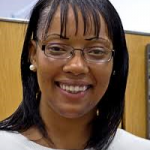 |
Jan. 28 – Tammy Walton: “Neutrinos”Neutrinos are the most ghostly of all the subatomic particles. They rarely interact with matter, yet may hold the key to the birth of the universe. The students will learn about the fascinating history of the discovery of the neutrino and its properties and will hear about how they fit within the Standard Model of particle physics. The latest neutrino experiments at Fermilab will be described. |
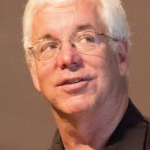 |
Feb. 4 – Eric J. Prebys: “Accelerators”This lecture begins by introducing the basic principles of particle acceleration. They are then expanded by introducing refinements until the picture of today’s particle accelerators is complete. Applications of accelerators and a historical tour of accelerator facilities worldwide are presented. Dr. Prebys has some amazing demonstrations of real accelerators, too! |
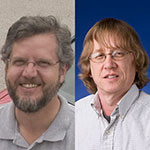 |
Feb. 11 – Brian Chase and Erik Ramberg: “Climate and Energy”This lecture discusses the vitally important subject of energy generation and climate. Particular attention is paid to understanding the units of energy production and usage, and what the sources of energy are. The issue of global warming is discussed in terms of physics, not politics. |
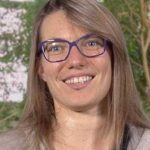 |
Feb. 18 – Angela Fava: “Particle Detectors”This lecture starts detailing the interaction of particles with matter and, after many live exhibitions, ends with a description of the large scale, high-tech particle detectors that are used in High Energy Physics to understand nature at its smallest scale. Dr. Lipton will have some demonstrations of real particle detectors in this lecture. |
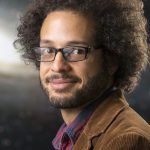 |
Feb. 25 – Brian Nord: “Cosmology”The lecture begins with describing the universe’s building blocks, the interaction between them and their characteristic features. The lecture finishes with the current ideas about string cosmology. |
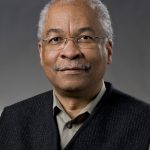 |
March 4 – Herman White: “Physics and Society”This lecture talks about the interaction between science and society, differentiating between scientific and non-scientific questions. It shows how the current scientific challenges are viewed, used, and sometimes misused by the society in which we live. |
Subject to change



